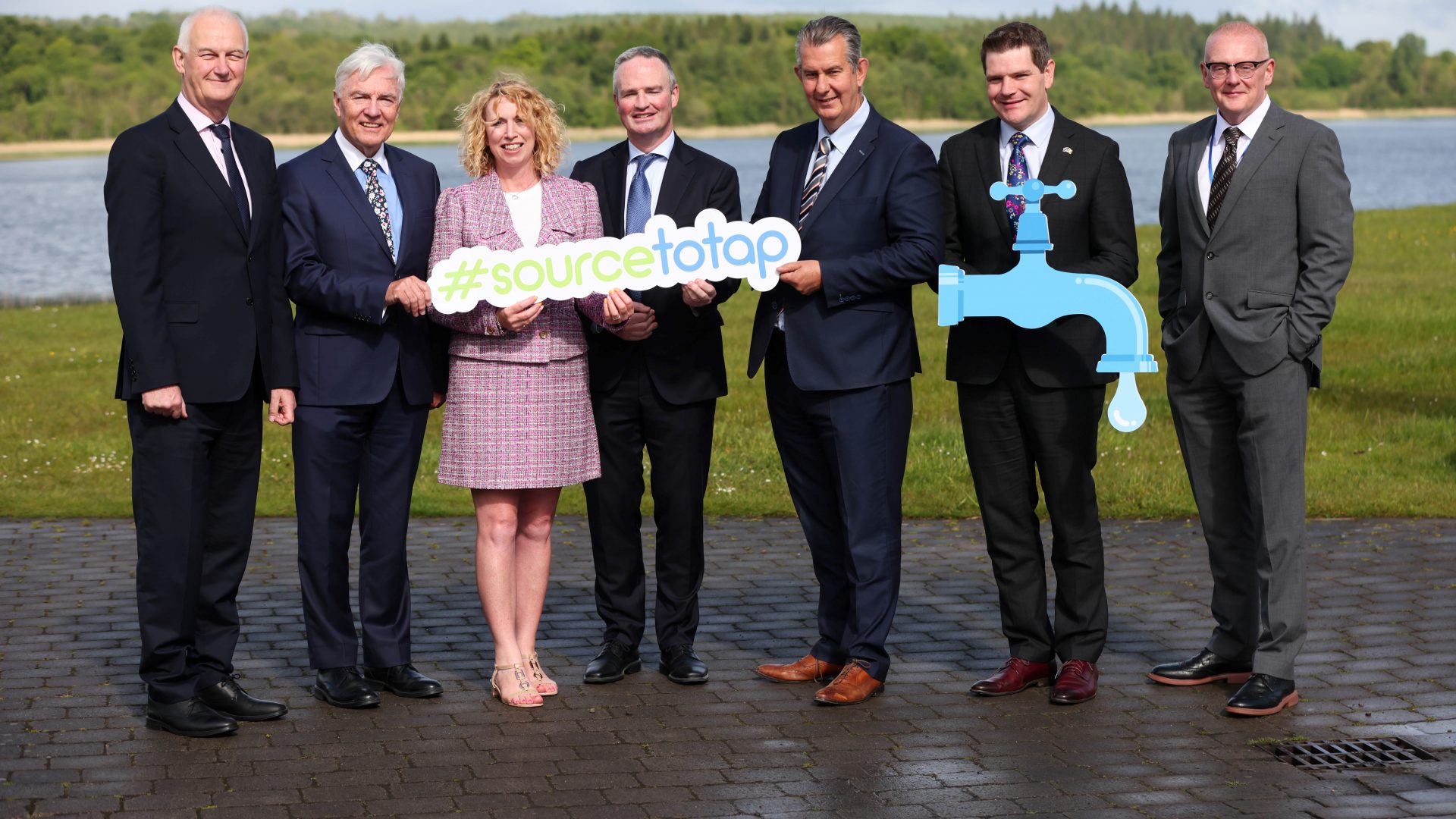A ‘watershed’ moment in drinking water protection was highlighted at the closing conference of a major cross-border project funded under EU’s INTERREG VA programme.
The Source to Tap conference, held at Fermanagh’s Lough Erne Resort, is the culmination of five years’ work to improve water quality in the River Derg and River Erne catchment areas.
For every £1 invested in Source to Tap’s Land Incentive Scheme, including future catchment investment, over £3 of water quality benefits could be delivered as well as improved catchment ecosystem services.
The project was funded by the EU’s INTERREG VA programme through the Special EU Programmes Body (SEUPB) together with funding from the Department for Agriculture, Environment and Rural Affairs (DAERA) in Northern Ireland and the Department for Housing, Local Government and Heritage (DHLGH) in Ireland.
The €4.9M project explored sustainable, cost-effective catchment management measures designed to protect source drinking water catchments in the future and trialled a range of innovative techniques, from farm water protection measures to peat bog restoration as well as working with local communities to educate them on the journey of water from source to tap.
Minister for Agriculture, Environment and Rural Affairs, Edwin Poots MLA said: “My Department is delighted to have contributed match funding to this project of some €518K/£440K. INTERREG VA has been a great vehicle for delivering collaborative projects across our jurisdictions and to address common challenges faced on either side of the border.”
The Minister continued, “I would like to congratulate the lead partner Northern Ireland Water for combining their expertise with Irish Water, the Agri-Food & Biosciences Institute, East Border Region, University of Ulster and the Rivers Trust and on the hard work in bringing and delivering this project to a successful conclusion. This project represents an investment in the quality of our drinking water now and into the future. Through research and new approaches to educate and inform all our citizens as well as through innovative approaches to land and water management, we can together work to deliver sustainable long-term improvements in water quality.”
Mr Darragh O’Brien TD, Minister for Housing, Local Government and Heritage and Minister of State Malcolm Noonan TD both welcome the successful conclusion of the Source to Tap Project.
Commenting on the project, Minister O’Brien said: “I congratulate the team on a successful project. Integrating the various complex land uses and natural elements within our drinking water catchments is key to safeguarding nature and the quality of our water resources. I am pleased to see that this project yielded learning that will be useful as we seek to bring about further and continued improvement in catchments across the whole island.”
Congratulating the project on its success Gina McIntyre Chief Executive of the SEUPB said: “Both Northern Ireland and Ireland share a large number of freshwater river basins which provide drinking water for an ever-growing population. The EU INTERREG VA Programme contains a specific environmental protection objective which was designed to improve water quality for people living on both sides of the border.
“The Source to Tap project has helped to fulfil this objective through a special cross-border partnership that has both protected and enhanced the quality of freshwater found across the region. It has successfully worked with both farmers and forestry operators to help reduce water pollution and put in place new sustainable safeguards that will protect our water now and in the future. I would like to congratulate everyone involved in the implementation of this project and recognise its importance in protecting a precious natural resource.”
NI Water’s Director of Asset Delivery, Paul Harper concluded: “This project has undoubtedly enhanced the quality of water for thousands of properties across the region.
“Many benefits have been delivered, including farm water protection measures on 118 farms in the River Derg catchment, cutting edge catchment management science, as well as the restoration of over 20 hectares of peatbog. A fantastic education programme was also delivered to over 1900 school children and a legacy website was developed, which outlines our approach to sustainable, cost-effective catchment management.
“A huge thank you to all our funders and partners who have made this project possible. Community and stakeholder engagement was at the heart of this project as the team worked successfully with farmers, land managers, forestry providers and the wider community to help identify and share best practice approaches to protecting drinking water sources.”



